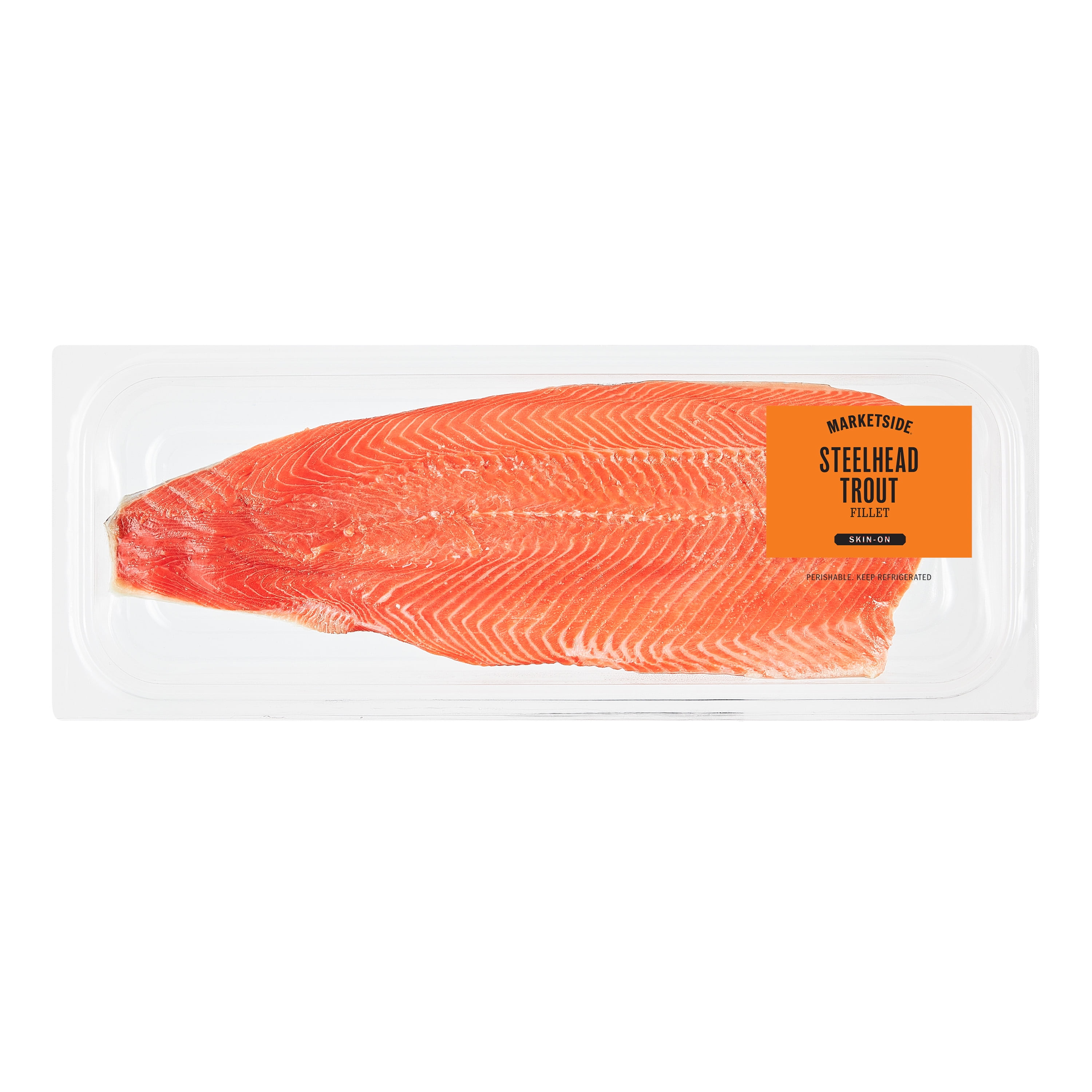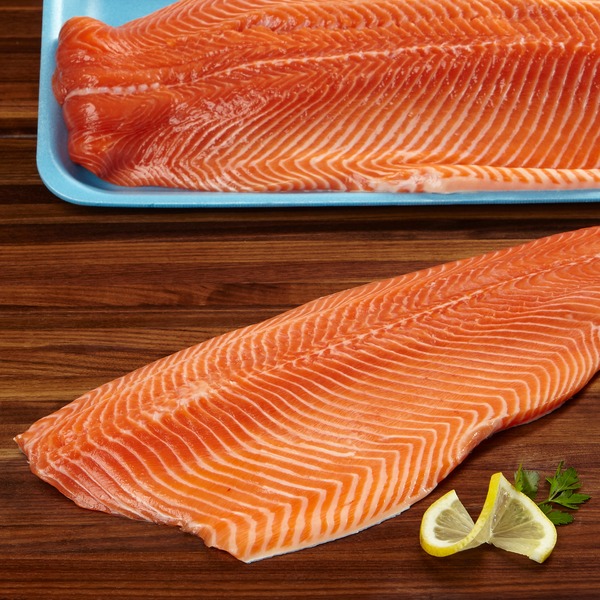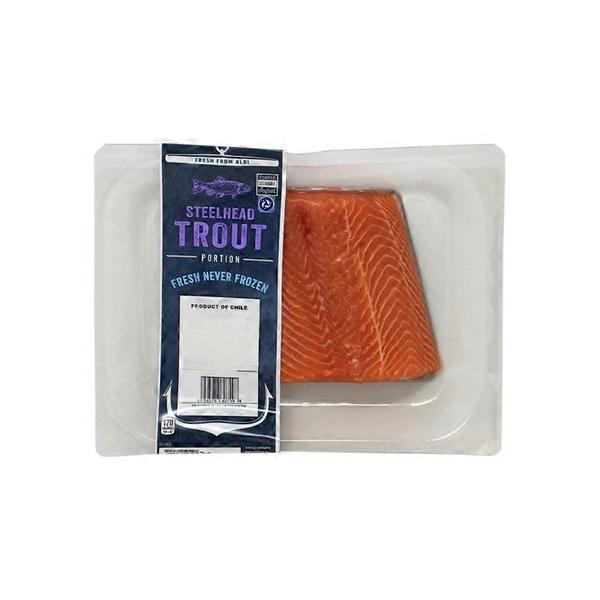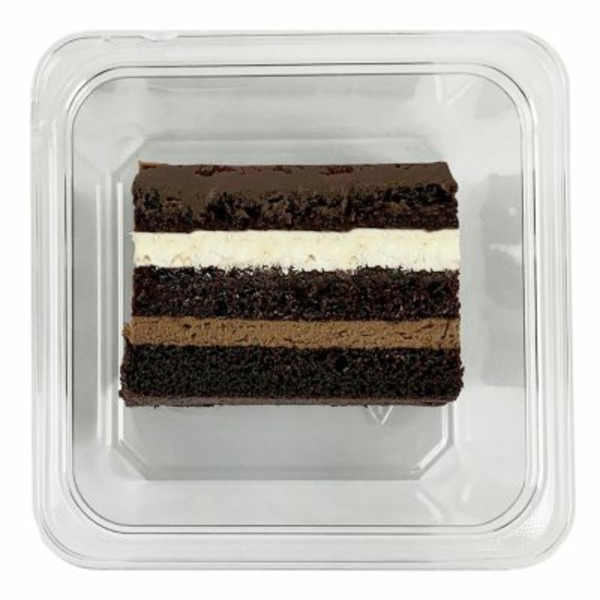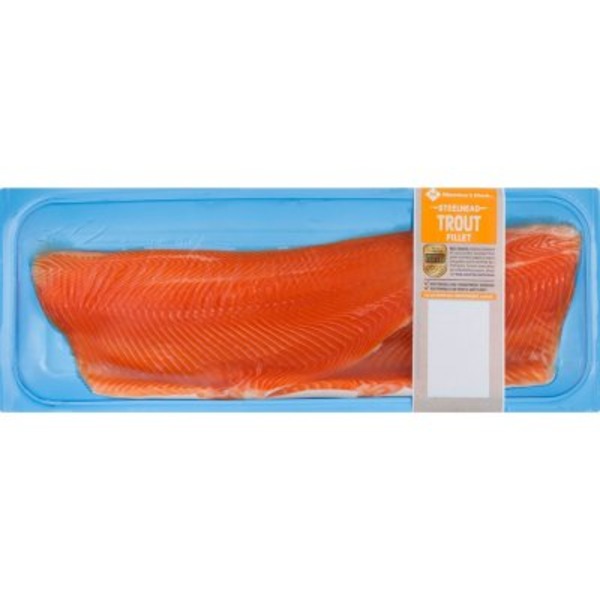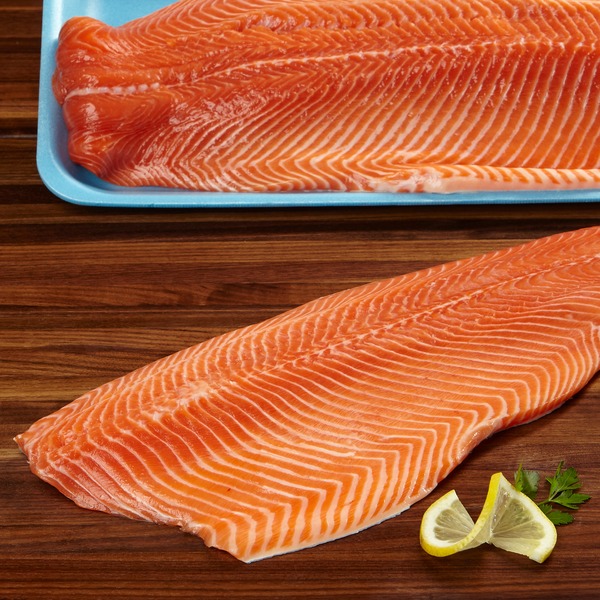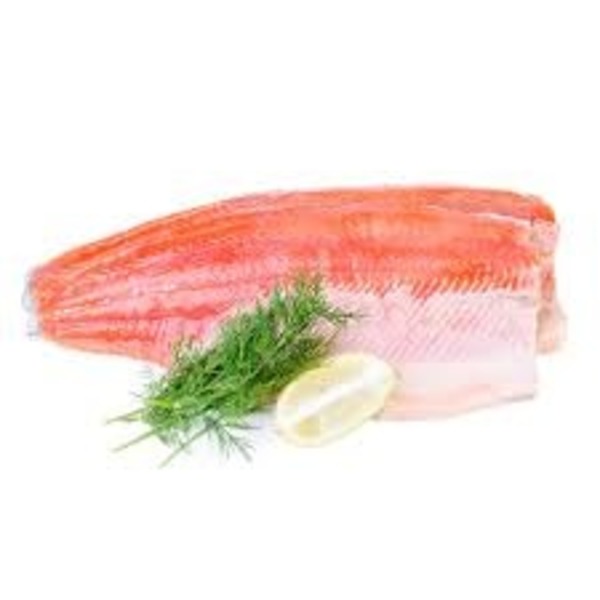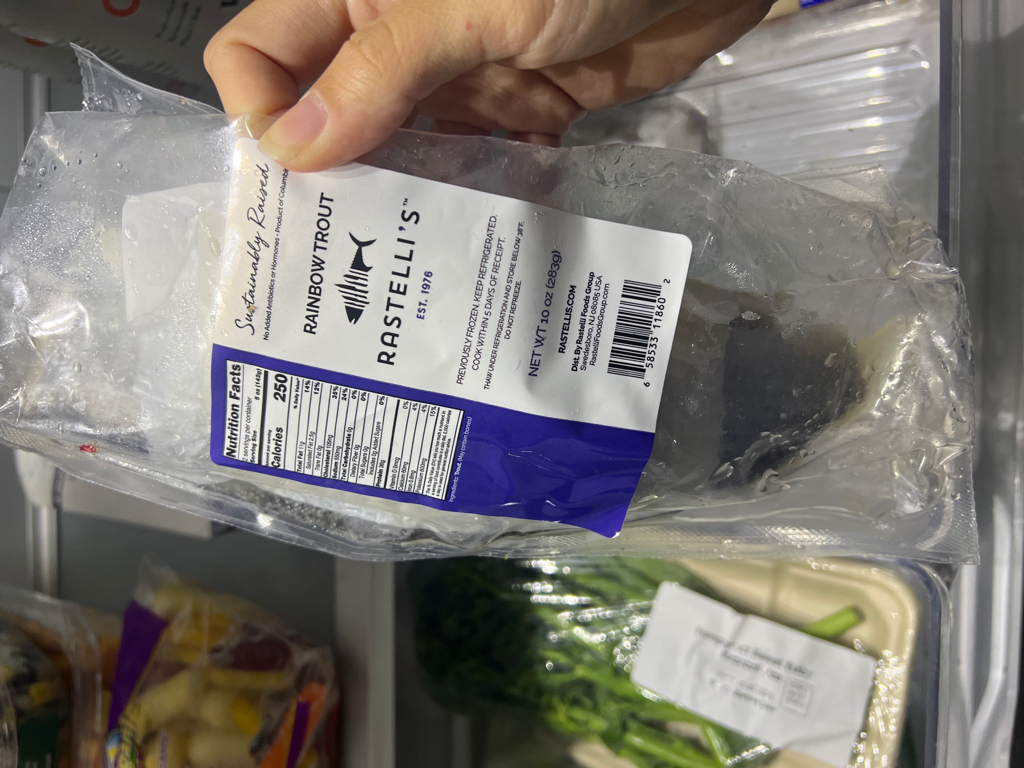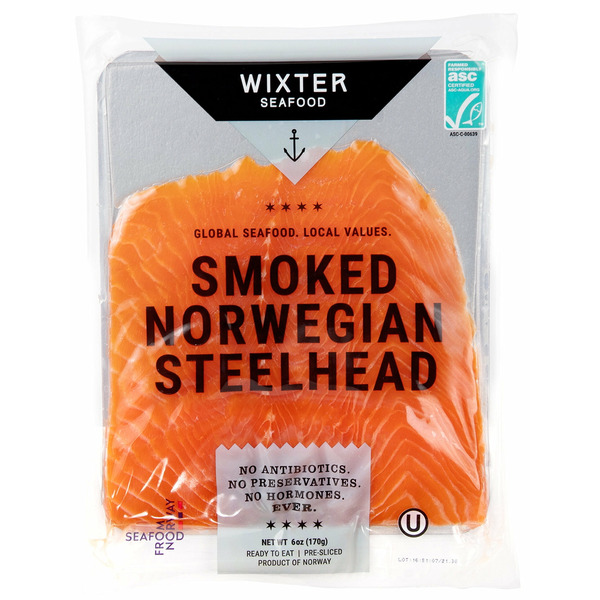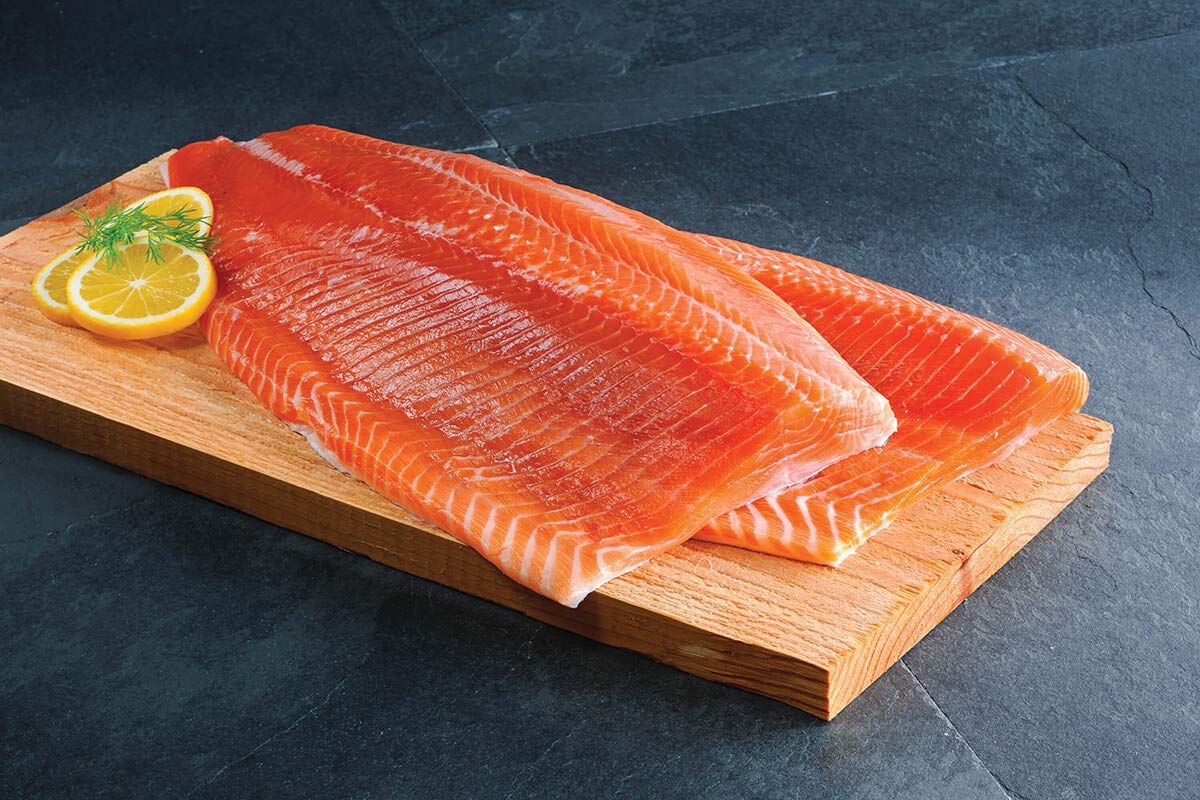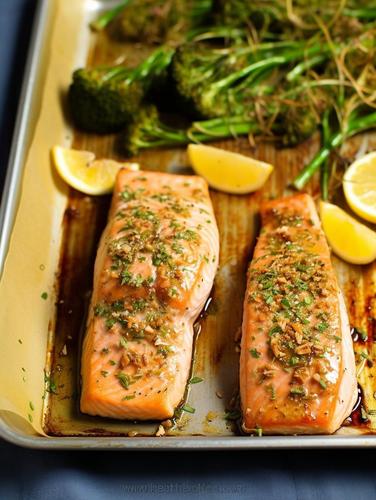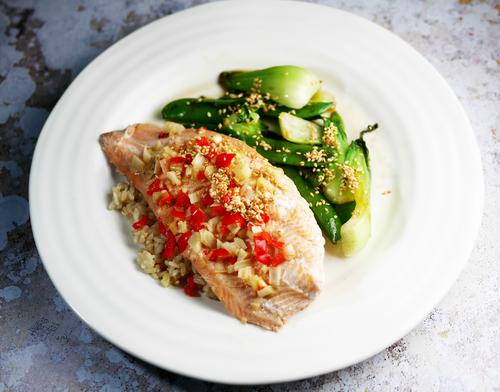MAIN DISHES
LUNCH
APPETIZERS
Trout
Trout is a popular freshwater fish that belongs to the Salmonidae family and is known for its delicate, flavorful flesh. Primarily found in cool streams, rivers, and lakes, it is highly sought after amongst anglers and chefs alike. There are numerous species of trout, such as rainbow, brown, brook, and lake, native to North America, Europe, Asia, and Africa making trout a versatile and accessible ingredient around the world.
For home cooks, trout offers a delicious and healthy option for meals. It is rich in Omega-3 fatty acids, high-quality protein, and essential vitamins and minerals. Trout can be prepared using various cooking techniques, including grilling, poaching, baking, and pan-frying, making it a versatile protein source suitable for a variety of dishes. Its mild, slightly sweet taste pairs well with a range of herbs, spices, and sauces, allowing for endless culinary possibilities.
0%
CARBS
24%
FAT
76%
PROTEIN
400 Trout Products
Marketside Skin-On Steelhead Trout Fillet, 1.75
Kirkland Signature Fresh Farmed Steelhead Fillet
Fresh Steelhead Trout Portions
Plu-Seafood Fish, Trout, Mixed Species, Raw
Member's Mark Farm Raised Steelhead Trout Fillet (priced per pound)
Kirkland Signature Fresh Farmed Steelhead Fillet
McFarland Springs Trout Fillet
Rainbow Trout
Wixter Seafood Smoked Norwegian Steelhead
Steelhead Trout Fillet, Farm Raised
Used In 9 Recipes
4
Herb and Mustard Glazed Baked Trout
3
Lemon-Garlic Butter Trout
2
Lemon-Butter Herb Trout Fillets
4
Broiled Trout Fillets with Dijon and Herbs
1
Lemon-Caper Buttered Trout
1
Baked Trout Fillets
7
Lemongrass Trout with Coconut Lime Rice
89
Trout with Garlic Lemon Butter Herb Sauce
Trout Is Frequently Used With
Trout FAQ
Cooking with trout can be a rewarding experience, creating dishes that are both flavorful and nutritious. However, many people face challenges when they first extract this fish from the water. Whether it's figuring out how to scale and debone the fish, or how to properly cook it without drying it out, trout can be slightly intimidating for beginners. One of the most common mistakes is overcooking trout which results in a dry and chewy dish. Cooking trout to perfection requires a delicate touch and attention to detail. Paying attention to cooking time is crucial; it's generally recommended to cook fish 10 minutes per inch of thickness. Also, it's important to remember that trout continues to cook after being removed from the heat. Another key aspect is seasoning; being a fish with a mild flavor, trout pairs well with a variety of seasonings, the most common ones being salt, pepper and lemon. Adding fats, usually in the form of butter or olive oil, will not only prevent the fish from sticking to the pan but also enhance its naturally sweet flavor.
Another little-known tip is to retain the skin of the trout. It can add a lovely texture and flavor when cooked correctly, especially when pan-seared. Moreover, leaving the skin on the fish can help keep the flesh intact. Also, trout is sensitive to stronger flavors, so it should be paired carefully with other ingredients.
There are also health advantages to cooking with trout. It is a low-fat high protein fish and provides a rich supply of Omega 3 fatty acids, which promote cardiovascular health.
Why is my cooked trout dry?
What is the most suitable cooking method for trout?
How can I tell when the trout is perfectly cooked?
What seasonings pair well with trout?
Can I eat the skin of the trout?
Can you freeze trout?
How to debone trout before cooking?
How to pan-sear trout perfectly?
Why does trout have a fishy smell?
How do I prepare whole trout for cooking?
Expiration & Storage Tips
When does trout expire?
When you first purchase fresh trout from the grocery store, it should ideally be used within one to two days. This will ensure that you're getting the most out of its flavour. However, if the trout is vacuum-sealed, it can last for up to two weeks in the fridge unopened. If you want to freeze the trout, you can expect it to maintain its quality for about six to eight months if the fish has been properly vacuum-sealed. Just be aware that after it's been defrosted, it should be consumed within two days.
How do you tell if trout is bad?
There are many ways to tell if trout has gone bad. First, smell the fish. It should smell fresh, similar to the sea, not fishy or sour. Then, inspect the colors and texture. Fresh trout should be vibrant, not dull or discolored, while the flesh should be firm and spring back when pressed. If there's sliminess, stickiness or the fish has a strong, unpleasant odor, it's definitely time to throw it out.
Tips for storing trout to extend shelf life
• Always store trout in the refrigerator at a temperature of 4°C or below.
• Store fresh trout in the coldest part of your refrigerator, usually the back of the lower shelf.
• If you're storing trout in a freezer, make sure it's vacuum-sealed. This will protect the fish from freezer burn and help maintain its flavour.
• When using a freezer, always write the date on the packaging so you can easily keep track of its freshness.
• When defrosting frozen trout, never do it on the kitchen counter. Instead, thaw it overnight in the refrigerator or use a cold water thawing method.
• Never refreeze thawed trout as it may contribute to texture and flavor loss and increase the risk of bacterial growth.
EXPIRES WITHIN
6 - 11
DAYS
Substitutes

Rainbow Trout

Arctic Char

Sockeye Salmon
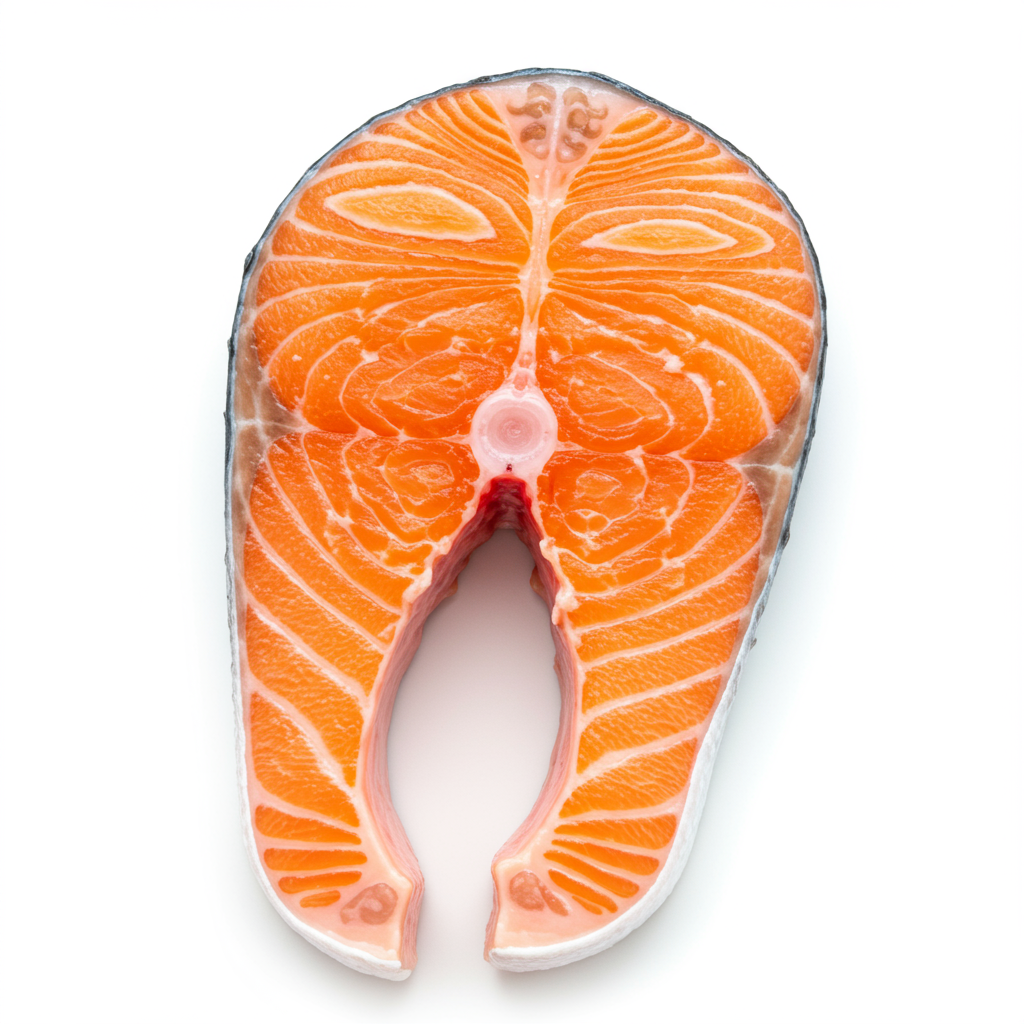
Salmon Steak

Halibut

Mahi Mahi
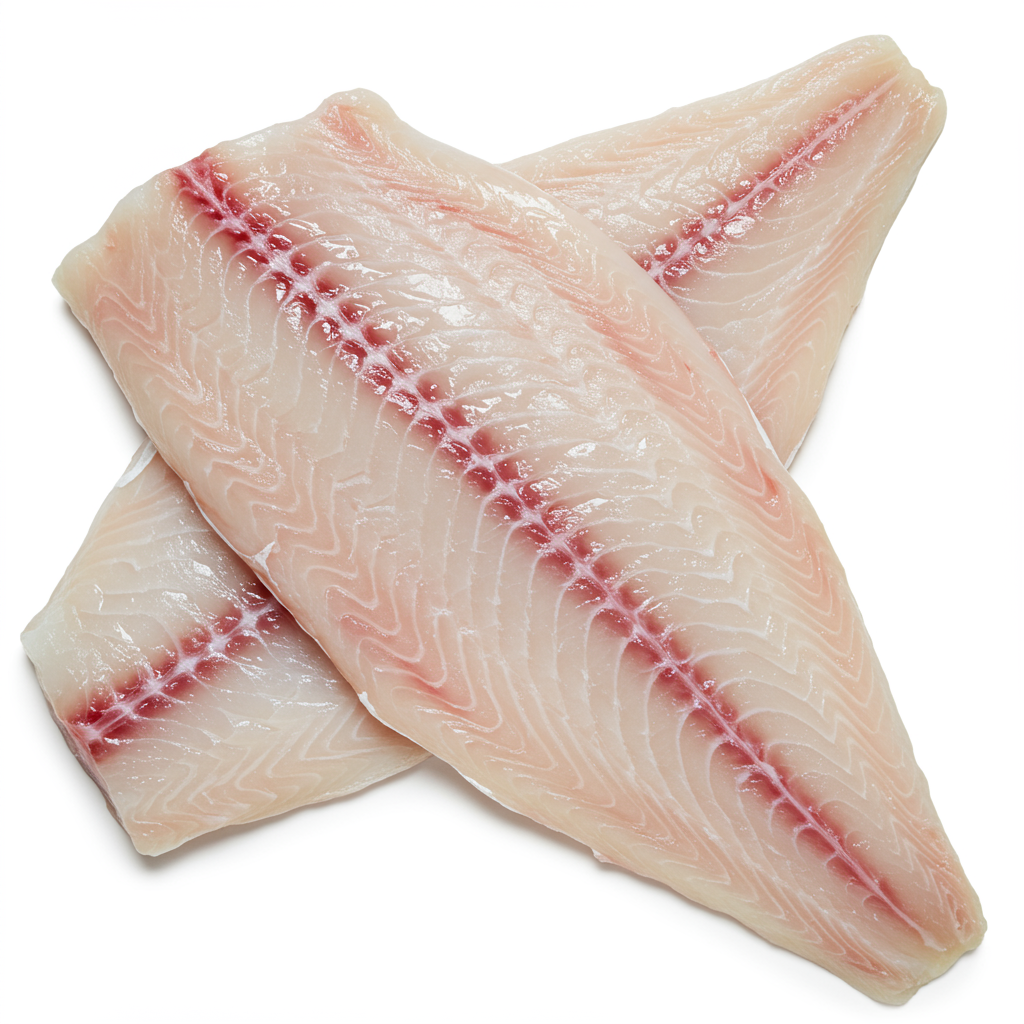
Branzino

Grouper

Monkfish

Striped Bass
See All
Health Info
Macros
0g
CARBS
10g
FAT
31g
PROTEIN
Allowed on these diets
LOW FAT
HIGH CALCIUM
KETO
PALEO
WHOLE 30
MEDITERRANEAN
LOW CARB
LACTOSE FREE
GLUTEN FREE
Contains these allergens
FISH

